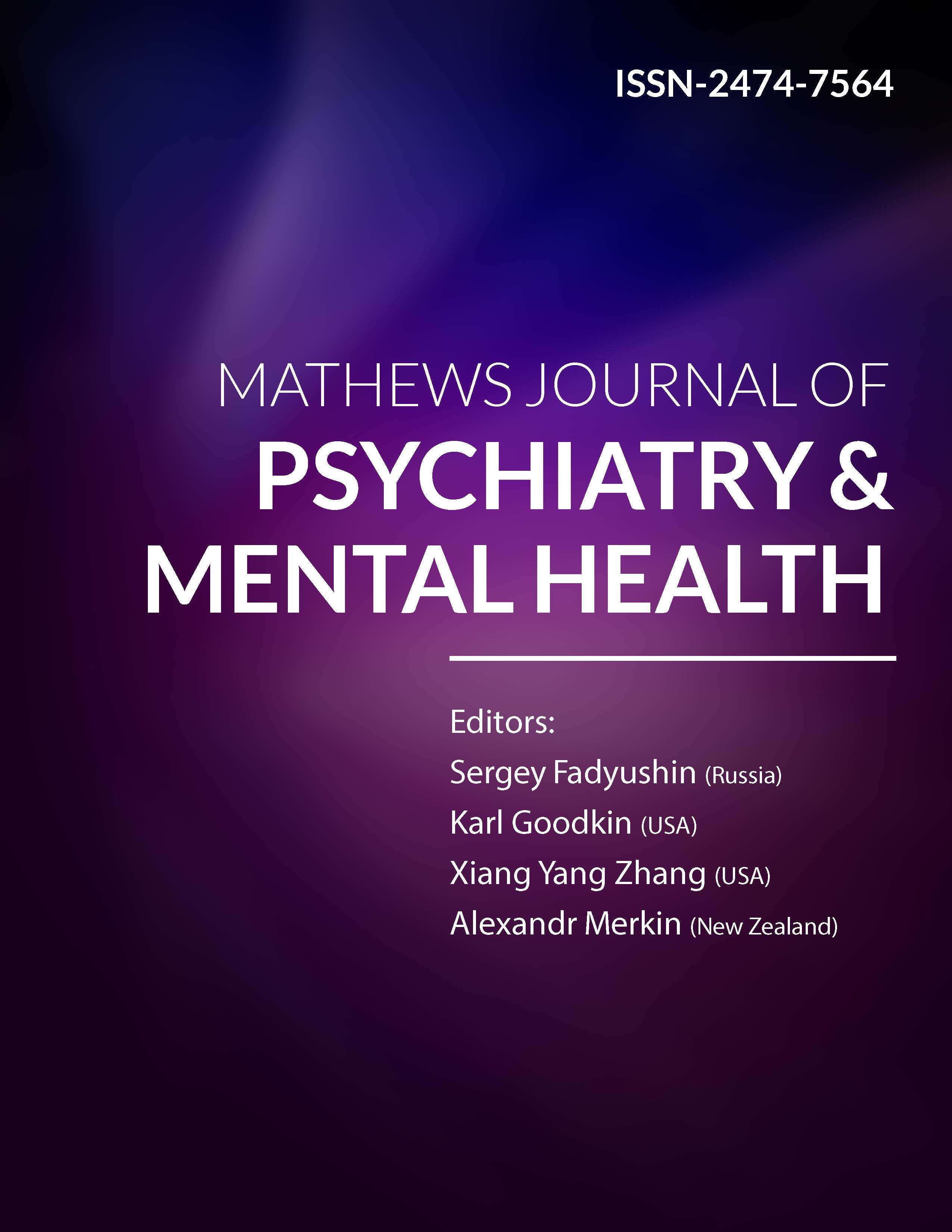
Information Links
Previous Issues Volume 3, Issue 1 - 2018
Optimism/Pessimism and Its Relationship with Locus of Control Among Children and Adolescents
Mohammad Qassim Abdullah
Department of Counseling Psychology, Faculty of Education University of Aleppo, Syria.
Corresponding Author: Mohammad Qassim Abdullah, Department of Counseling Psychology, Faculty of Education University of Aleppo, Syria, E-Mail: [email protected]
Received Date: 18 Oct 2017
Accepted Date: 03 Jan 2018
Published Date: 08 Jan 2018
Copyright © 2016 Kohler B S
Citation: Abdullah MQ. (2018). Optimism/Pessimism and Its Relationship with Locus of Control Among Children and Adolescents. Mathews J Psychiatry Ment Health. 3(1): 017.
ABSTRACT
The aim of this study was to examine the gender and developmental period differences in optimism-pessimism and locus of control. Additionally, it aimed to assess the correlation between optimism-pessimism and subscale of locus of control (internal, external, and unknown). The sample consisted (340) participants of school students (165 boys and 125 girls) enrolled randomly, from primary and preparatory schools located in Aleppo city. The participants aged between 10 to 15 years (M= 12.4 male, 12.8 female).The participants completed two measures: 1-Optimism-Pessimism Scale (OPS) 2- Connell's locus of Control Scale for Children (CLCS-C). Findings of the study revealed that, the external locus of control were higher among girls than among boys, while no significant differences had been found in internal and unknown locus of control. Aon the other hand, finding showed that, there was significant gender differences for optimism. Boys were found to be more optimistic than girls were. Regarding the correlation between optimism-pessimism and subscale of locus of control, there was significant and positive correlation between optimism and Internal control. Additionally between pessimism and external control on one hand, and between pessimism and unknown locus control on the other hand. Furthermore, it has been found a negative and significant correlation between pessimism and internal control and between optimism and unknown locus of control.
KEYWORDS
Optimism-Pessimism; Locus of Control (Internal, External, Unknown); Children; Adolescents.